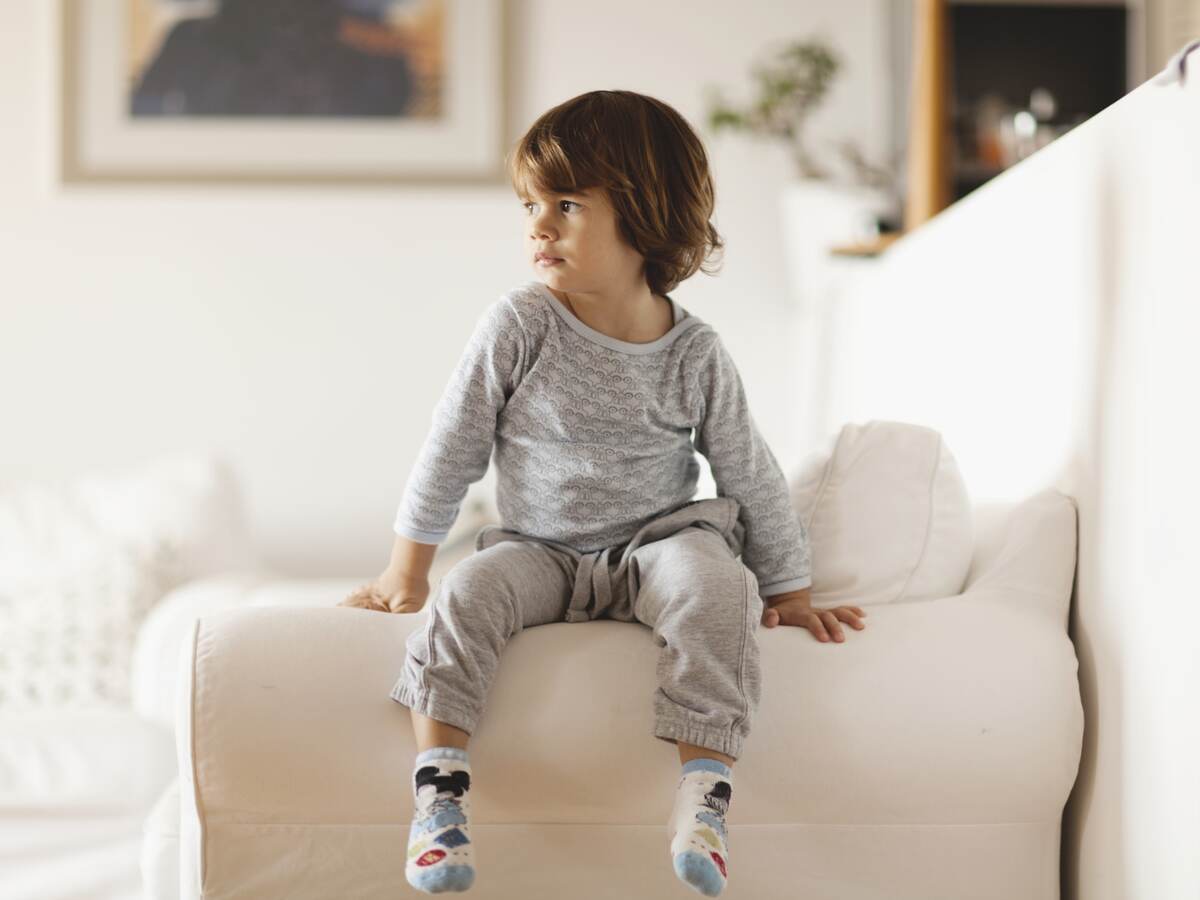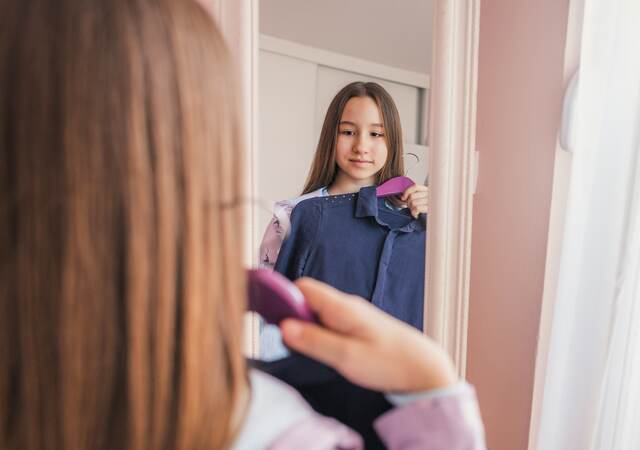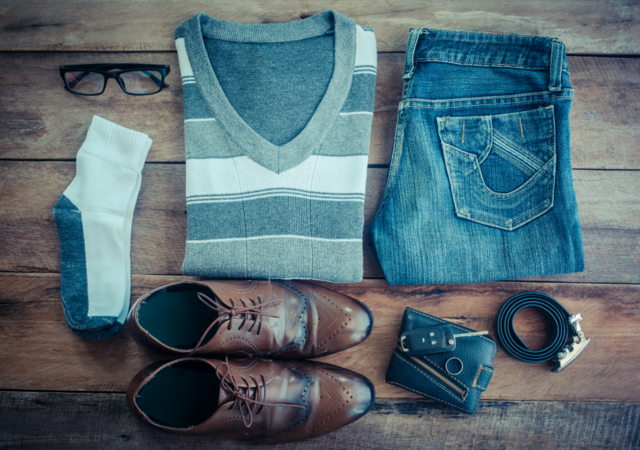March 16, 2022
Following UL's webinar, Children's Apparel, Footwear and Textile Childcare Articles, we interviewed our softline technical experts, Angela Donati and Tammie Rollins, on the most frequent questions around these product categories. In a complex and constantly evolving regulatory landscape, it can be challenging to stay on top of global regulations for articles intended for children.
Read the following interview to learn more:
Question: A fashion brand or retailer can sell children's apparel and footwear in different markets. Between Europe and the U.S., what is the most critical and stringent market for small parts testing, and what approach can a company take?
Donati: To access the European market, fashion brands and retailers are requested to carry out only the tension test only on buttons and metal snaps. In contrast, to access the U.S. market, they are requested to carry out the tension test and all applicable use and abuse testing on basically all grippable components.
So, if you want to take the stringent approach, you can assess your children's articles according to U.S. requirements and, in addition, you can perform the aggressive washing test (according to TS 17394 part 4) for all components that were not tested with the tension test and torque test.
Question: Regarding flammability testing requested to access the U.S. market, what are the differences between 16 CFR 1610 and 16 CFR 1615/1616 for sleepwear?
Rollins: First, we should clarify that 16 CFR Part 1610 is the standard for the flammability of clothing textiles, while 16 CFR parts 1615/1616 are the standards for the flammability of children's sleepwear.
There are many differences between 16 CFR 1610 and 16 CFR 1615/1616. We can highlight that:
- According to 16 CFR 1610, the sample is positioned at 45 degrees, while in 16 CFR 1615/1616, the sample is positioned vertically (more rigorous).
- 16 CFR 1610 uses a 16 millimeter (mm) flame while 16 CFR 1615/1616 uses a 38 mm flame (more rigorous).
- 16 CFR 1610 uses a one second impingement while 16 CFR 1615/1616 uses a three second impingement.
- 16 CFR 1610 tests the fabric only in the original state and after refurbishing (one washing and one dry cleaning cycle), while 16 CFR 1615/1616 requests tests on fabric in the original state and after 50 washing cycles (for the first floating-point unit).
16 CFR 1615/1616 is much more stringent than 16 CFR 1610, so it is important to understand which code of federal regulation you must use based on your specific article.
Children’s sleepwear is defined as any product of wearing apparel, e.g., nightgowns, pajamas, or similar or related items, such as robes, intended to be worn primarily for sleeping or activities related to sleeping. Whether fabric or related materials are intended or promoted for use in children’s sleepwear depends on the facts and circumstances in each case. Relevant factors include:
- The nature of the fabric and its suitability for use in children’s sleepwear.
- The extent to which the fabric or a similar fabric has been sold to manufacturers of children’s sleepwear for use in the production of children’s sleepwear.
- The likelihood that the primary use of the fabric is for the production of children’s sleepwear garments in a substantial number of cases.
Whether a product of wearing apparel is “intended to be worn primarily for sleeping or activities related to sleeping” depends on the facts and circumstances. Relevant factors include:
- The nature of the garment and its suitability for use by children for sleeping or activities related to sleeping.
- The promotion and distribution of the garment — this includes even the print on the garment and whether it may imply sleeping.
- The likelihood that the garment will be used by children primarily for sleeping or sleep-related activities in a substantial number of cases.
If a product meets one or more of these principles, it may be considered children’s sleepwear despite being labeled not to be used for children’s sleepwear or a purpose other than sleepwear.
Question: Are sleep bags considered sleepwear?
Donati: Unfortunately, there isn’t a globally harmonized approach to this.
In Europe, sleep bags that comply with European standard EN 16781 are not considered sleepwear, because it is supposed that a baby cannot move around in a sleep bag — when the children's sleep bag is fastened as intended, there shall be no openings which allow the child's legs to penetrate which would permit the child to walk.
In Australia and New Zealand, infant sleep bags with sleeves or arm openings must follow the scope of sleepwear flammability requirements. Both models, the one designed to open across or around the bottom, or the one which is permanently closed across or around the bottom, have different requirements. but both styles shall comply with Category 1 or Category 4 and shall carry the label of a Category 4 garment or Category 1 garments.
In Canada, sleep bags typically consist of a fabric bag with armholes or sleeves and are closed at the feet. These are subject to the requirements of the Textile Flammability Regulations for bedding (flame spread time minimum seven seconds). In contrast, sleep bags with leg openings that allow a child to be mobile while wearing them are subject to the requirements of the Children's Sleepwear Regulations.
Question: Flammability recalls in the Canadian market are frequent. What can fashion brands and retailers do to avoid potential recalls for sleepwear in Canada?
Rollins: Best recommendation is to be familiar with the law and its restrictions.
One of the most helpful tools to understand the regulation is to use a guideline from Health Canada — Children's Sleepwear: Flammability Requirement Guidelines. A copy can be requested here.
Get connected with our sales team
Thanks for your interest in our products and services. Let's collect some information so we can connect you with the right person.






